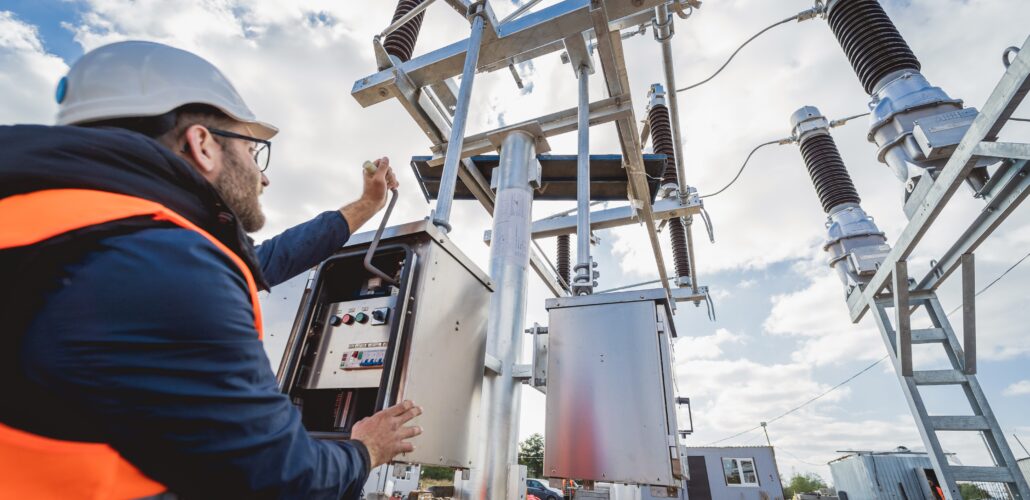Negative Phase Sequence Current Protection
NPS can be used to improve protection sensitivity by detecting scenarios often missed by conventional methods. -Neil O’Sullivan.

Image for illustration purposes.
Electrical power systems are designed to operate with balanced three-phase voltages and currents. However, various faults and imbalances can cause negative phase sequence (NPS) currents to flow in the system. These NPS currents can damage transformers and switchgear.
NPS current protection is a critical safety feature that monitors for these unbalanced conditions and takes action to disconnect the affected equipment before damage occurs. NPS current protection includes:
1. NPS current protection to measure the magnitude of the negative phase sequence currents.
2. When the NPS current exceeds a preset threshold, the protection device will trip and disconnect the equipment.
3. This disconnection occurs regardless of the total load current, making NPS protection “load-independent.”
NPS current protection is especially important for protecting transformers, which can be severely damaged by even small amounts of NPS currents over time. Implementing this protection helps ensure the reliable and safe operation of substations.
Overall, NPS current protection is a crucial safeguard for maintaining the integrity of power systems and preventing costly equipment failures.
Source: T&D World
#current imbalance#current protection#detection#equipment damage#isolation#loading#maintenance#negative sequence#phase sequences#power systems#quality improvement#relay design#reliability#safety#standards#system monitoring#three-phase power



